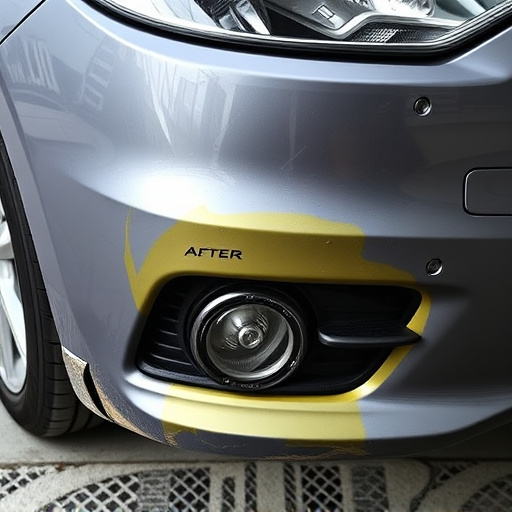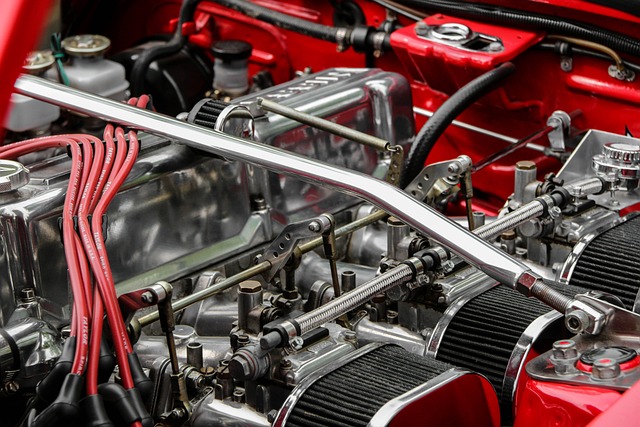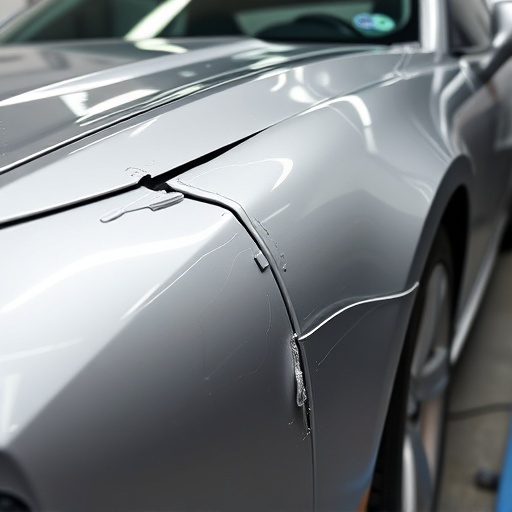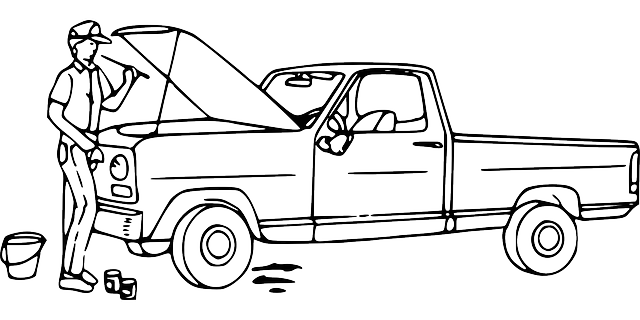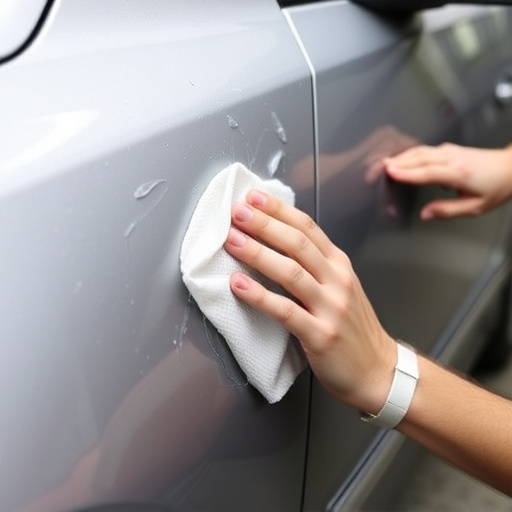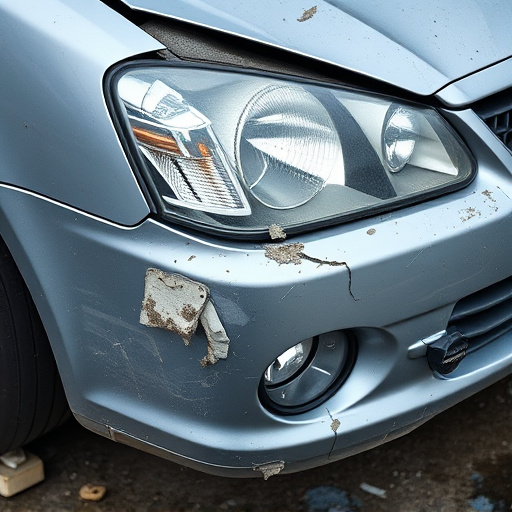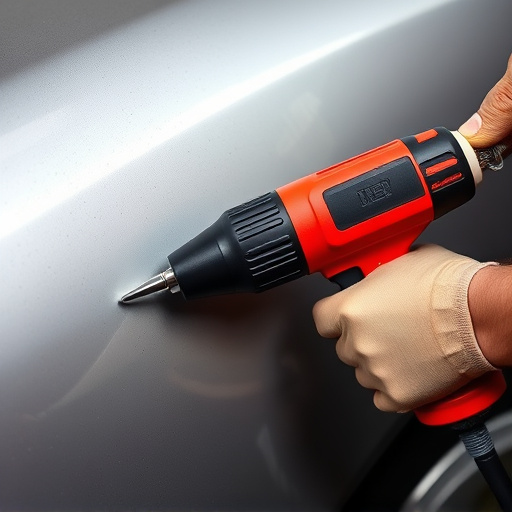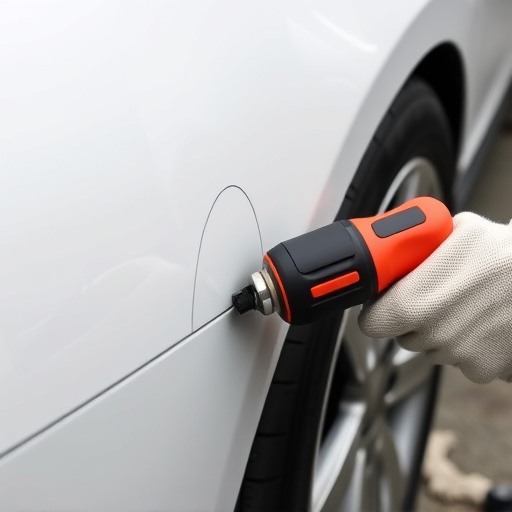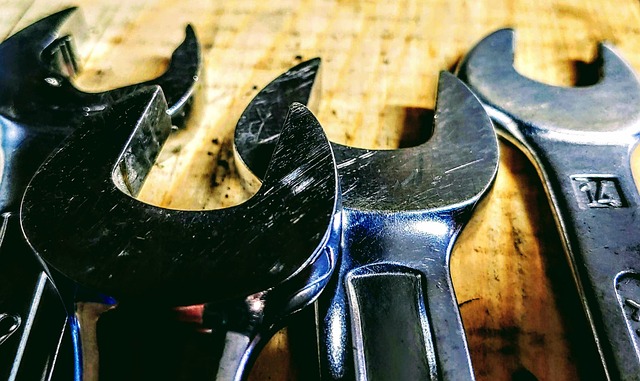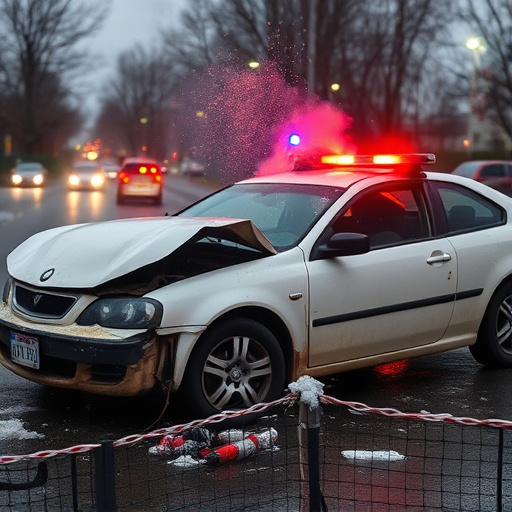Meticulously examine seatbelts for visible wear, focusing on buckles and mounts. Test fastening, adjustment, and length to assess safety. Inspect material degradation and structural integrity through visual and touch checks. Conduct controlled stress testing and ensure compatibility with vehicle make and model. For significant damage or doubts, seek professional seatbelt repair or replacement services.
Accurate diagnosis of seatbelt repair or replacement needs is paramount for passenger safety. This article provides practical strategies to ensure precise assessments, focusing on three key areas: inspecting visible wear and tears, testing fastening mechanisms, and evaluating material degradation. By adhering to these methods, automotive professionals can accurately determine when seatbelts require repair or complete replacement, enhancing vehicle security and peace of mind for drivers and passengers alike.
- Inspect Visible Wear and Tears on Seatbelts
- Test Secure Fastening and Adjustment Mechanisms
- Evaluate Material Degradation and Strength Integrity
Inspect Visible Wear and Tears on Seatbelts

When assessing whether a seatbelt needs repair or replacement, start by conducting a thorough visual inspection. Seatbelts are subject to constant use and exposure, which can lead to visible wear and tear over time. Look for cracks, frayed edges, broken links, or any signs of stretching. These issues may not always be immediately apparent, so examine the seatbelt closely under good lighting conditions. Pay particular attention to areas where the belt passes through buckles, loops, or mounts, as these are common points of damage.
Regularly checking for visible wear and tears is a crucial first step in determining the condition of your vehicle’s seatbelts. If any significant damage is observed, it might indicate the need for professional seatbelt repair or replacement services. Remember to visit a reputable collision center or automotive body shop for expert assessments and timely repairs to ensure the safety of all occupants in case of an emergency.
Test Secure Fastening and Adjustment Mechanisms

To accurately assess whether a seatbelt needs repairing or replacing, one crucial step is to test its fastening and adjustment mechanisms. This involves ensuring that the seatbelt securely attaches to both the car’s frame and the seat itself, and that it can be properly adjusted to fit different users safely. By manually operating the latch and adjusting the length, you can identify any defects like broken parts or limited mobility, indicating potential issues that require professional seatbelt repair or replacement.
Regularly checking these mechanisms is particularly important after a fender bender or collision repair, as accidents can cause subtle yet significant damage. A collision repair center’s experienced technicians are trained to thoroughly inspect and test all safety features, including seatbelts, to guarantee their optimal functioning. This ensures not just compliance with safety standards but also provides peace of mind for drivers and passengers alike.
Evaluate Material Degradation and Strength Integrity

When assessing a seatbelt for repair or replacement, evaluating material degradation and strength integrity is paramount. Over time, seatbelts can suffer from wear and tear, with components like webbing, buckles, and connectors showing signs of aging. Visual inspection should be the first step; look for any cracks, frayed edges, or loose connections. Touch tests can also reveal firmness and flexibility issues. If a seatbelt has undergone a severe collision, it’s crucial to consider how well it retains its structural integrity.
Auto body repairs experts often recommend testing under controlled conditions to simulate real-world stress. This involves applying tension to the seatbelt and assessing its ability to withstand force, ensuring it meets safety standards for both passengers and vehicle protection in case of future accidents. Additionally, checking for compatibility with the vehicle’s make and model is essential, as some seatbelt repairs or replacements require specialized parts tailored to specific cars.
Accurately diagnosing seatbelt repair or replacement needs is crucial for ensuring passenger safety. By thoroughly inspecting visible wear, testing fastening mechanisms, and evaluating material integrity, you can make informed decisions. Regular maintenance based on these strategies helps prevent accidents and saves costs in the long run, making it a vital step for any vehicle owner or service provider. When it comes to seatbelt repair replacement, knowing when to act is key to keeping roads safe for everyone.

